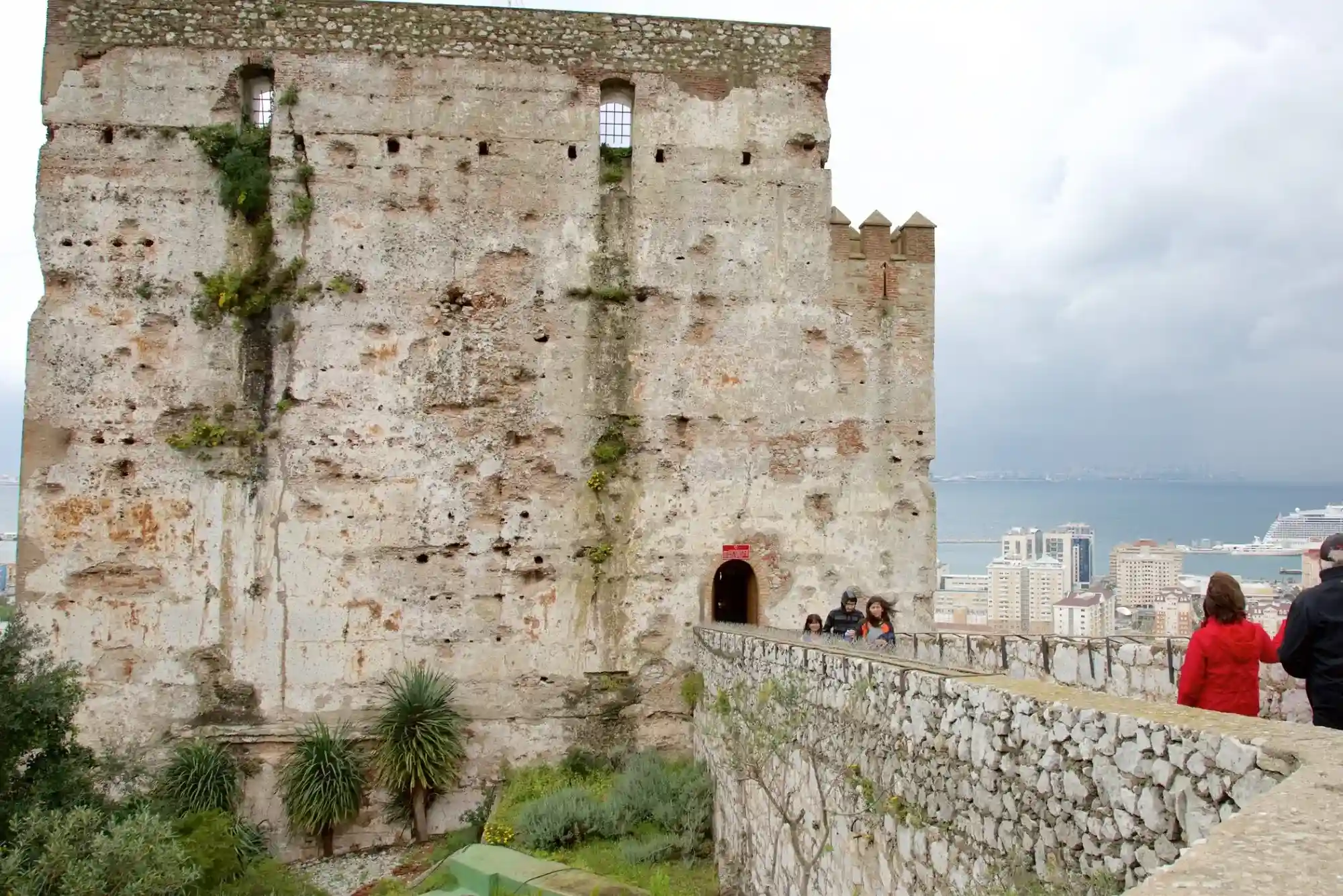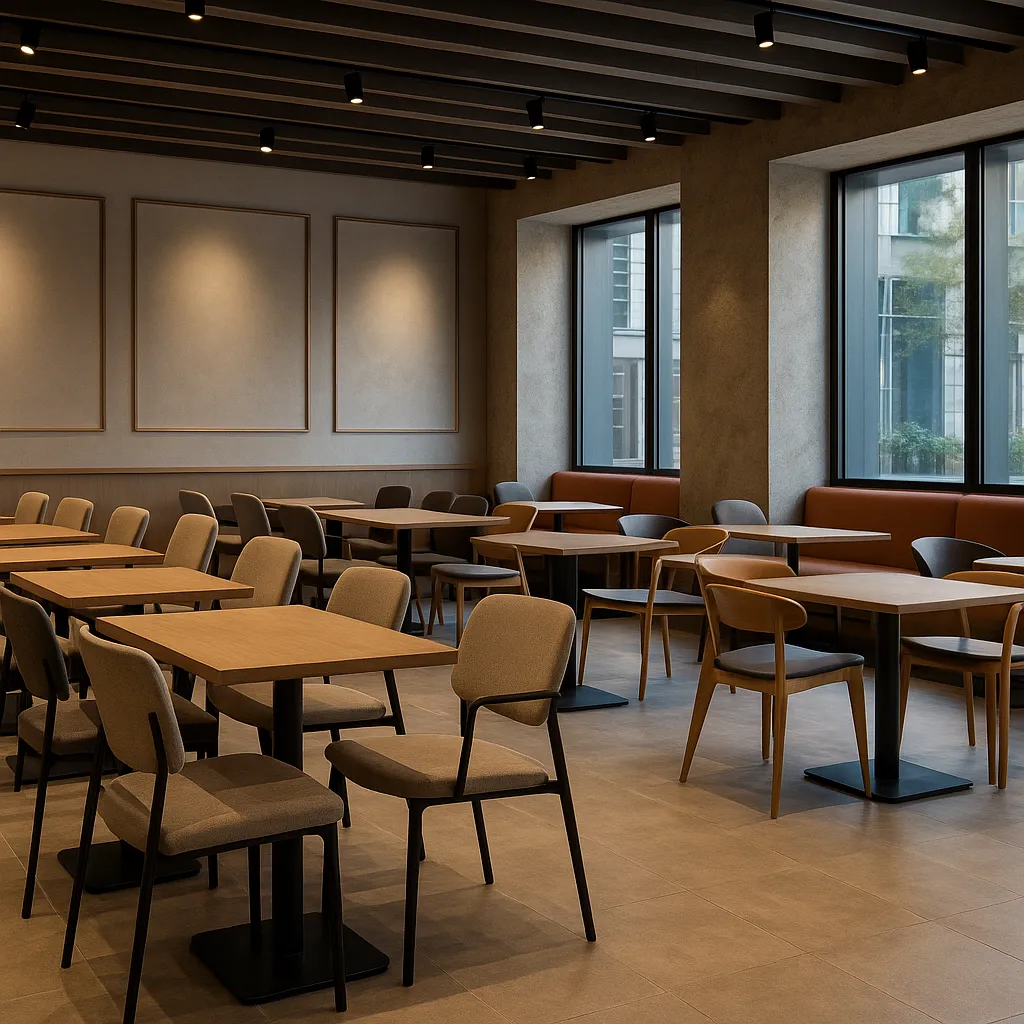The Ancient Beginnings of Cádiz
Cádiz, one of the oldest continuously inhabited cities in Europe, boasts a history that dates back over 3,000 years. Founded by the Phoenicians around 1100 BCE, this coastal gem was originally known as Gadir. Its strategic location on the Atlantic coast made it a vital hub for trade and cultural exchange. The Phoenicians established Cádiz as a trading post, connecting the Mediterranean with the Atlantic, and leaving behind a legacy of maritime prowess and cultural influence.
Roman Cádiz: The Flourishing Port of Gades
Under Roman rule, Cádiz, then called Gades, flourished as a major port city. The Romans recognized its strategic importance and invested heavily in its infrastructure. Amphitheaters, aqueducts, and temples were constructed, many of which still leave traces in the city today. Gades became renowned for its salted fish and garum, a fermented fish sauce highly prized across the Roman Empire. The city’s prosperity during this era is a testament to its enduring significance in the ancient world.
The Moorish Influence on Cádiz
In 711 CE, the Moors conquered Cádiz, bringing with them a rich cultural and architectural heritage. The city became part of Al-Andalus, a region celebrated for its advancements in science, art, and architecture. The Moorish influence is still evident in Cádiz’s narrow streets, intricate tilework, and the remnants of ancient fortifications. This period of history highlights the city’s role as a melting pot of cultures and ideas.
The Age of Exploration and Cádiz’s Golden Era
The 15th and 16th centuries marked a turning point for Cádiz as it became a key player in the Age of Exploration. Christopher Columbus set sail from Cádiz on his second voyage to the Americas, cementing the city’s place in the annals of history. During this time, Cádiz emerged as a bustling port, facilitating trade between Europe and the New World. The wealth generated from this trade led to a period of unprecedented growth and prosperity for the city.
The 18th Century: Cádiz as a Commercial Powerhouse
By the 18th century, Cádiz had become one of the most important commercial hubs in Europe. The city’s port was a gateway for goods and ideas, fostering a vibrant cultural and intellectual scene. The Cádiz Constitution of 1812, one of the earliest liberal constitutions in Europe, was drafted here, reflecting the city’s progressive spirit. This era solidified Cádiz’s reputation as a center of commerce and innovation.
The Decline and Resilience of Cádiz
The 19th century brought challenges for Cádiz, including economic decline and political instability. However, the city’s resilience shone through as it adapted to changing times. The industrial revolution brought new opportunities, and Cádiz began to modernize its infrastructure. Despite these challenges, the city retained its historical charm and continued to attract visitors from around the world.
Modern Cádiz: A Blend of History and Culture
Today, Cádiz is a vibrant city that seamlessly blends its rich history with modern culture. Visitors can explore its ancient ruins, stroll through its picturesque streets, and enjoy its stunning beaches. The city’s annual Carnival, one of the most famous in Spain, showcases its lively spirit and cultural heritage. A Free tour Cádiz offers an excellent way to discover the city’s hidden gems and learn about its fascinating past.
The Architectural Marvels of Cádiz
Cádiz is home to a wealth of architectural treasures, from its iconic cathedral to its charming plazas. The Cádiz Cathedral, with its stunning baroque and neoclassical design, is a must-visit landmark. The Torre Tavira, a watchtower offering panoramic views of the city, provides a glimpse into Cádiz’s maritime history. These architectural marvels are a testament to the city’s enduring legacy.
The Role of Cádiz in Spanish Art and Literature
Cádiz has been a source of inspiration for countless artists and writers throughout history. The city’s picturesque landscapes and vibrant culture have been immortalized in paintings, poems, and novels. Its artistic heritage is celebrated in museums and galleries, making it a haven for art enthusiasts. A Free walking tour Cádiz often includes stops at these cultural landmarks, offering a deeper appreciation of the city’s artistic contributions.
The Culinary Delights of Cádiz
No visit to Cádiz is complete without indulging in its culinary delights. The city’s cuisine is a reflection of its rich history and coastal location. From fresh seafood to traditional tapas, Cádiz offers a gastronomic experience like no other. The Mercado Central, a bustling market in the heart of the city, is the perfect place to sample local flavors and immerse yourself in the vibrant food culture.
The Beaches of Cádiz: A Coastal Paradise
Cádiz is renowned for its stunning beaches, which attract visitors from around the world. La Caleta, a picturesque beach nestled between two castles, is a favorite among locals and tourists alike. The city’s beaches offer a perfect blend of relaxation and adventure, making them a highlight of any trip to Cádiz.
Lessons from Cádiz’s History
The history of Cádiz offers valuable lessons about resilience, cultural exchange, and the importance of embracing change. The city’s ability to adapt and thrive through centuries of challenges is a testament to its enduring spirit. By exploring Cádiz’s past, we gain a deeper understanding of the forces that have shaped our world and the importance of preserving our cultural heritage for future generations.




